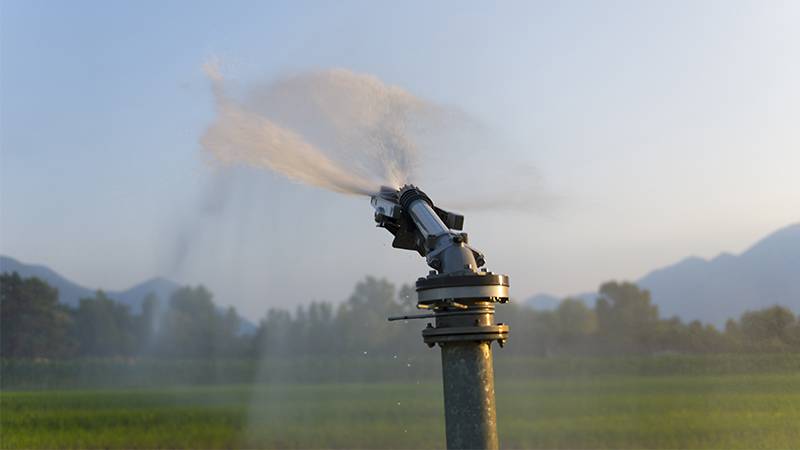Amazon Web Services (AWS) is spearheading a significant water replenishment initiative, aiming to restore an estimated 1.5 billion liters of freshwater yearly to basins across five countries. This initiative is part of Amazon’s broader goal to become “water positive” by 2030, meaning it plans to replenish more water than its data centers consume.
Will Hewes, the water sustainability lead at Amazon, outlined the company’s strategy, which includes investing in diverse projects like agricultural improvements, irrigation enhancements, and advanced leak detection technologies. These efforts are spread across Australia, India, Indonesia, Spain, and the United States, focusing on improving the quality, volume, and accessibility of water in these regions.
A critical aspect of Amazon’s plan is to offset the water usage of its data centers. Data centers, essential for cloud services, are known for their high water usage, primarily for cooling purposes. Amazon’s data centers are relatively efficient, consuming 0.19 liters of water per kilowatt-hour of energy, compared to the industry average of 1.8 liters. However, the company acknowledges that the amount of water withdrawn fluctuates based on business needs and has committed to sharing progress towards its 2030 goal in terms of percentages.
Amazon joins other corporations like Microsoft and Procter & Gamble in committing to water restoration projects, a response to the growing concern over global freshwater shortages. To date, Amazon has engaged in 13 projects, replenishing nearly 4 billion liters of water annually across seven countries. These projects include a variety of initiatives such as water filtration improvements in Virginia, groundwater recharge efforts in Sydney, water storage enhancements in Hyderabad, and water supply systems in Indonesia.
According to Will Hewes, the company’s water sustainability lead, AWS will invest in new agricultural, irrigation and leak detection projects to improve quality, volume and access to watersheds in Australia, India, Indonesia, Spain and the U.S.
According to GreenBiz, each project selected by Amazon must meet specific internal price benchmarks, although the company is open to investing more for greater water savings. For instance, Amazon has been utilizing recycled water for cooling in 20 of its data center locations, often collaborating with local municipalities and utilities, even if it means higher costs and longer project timelines.
However, financial considerations are not the only criteria for project selection. In India and Indonesia, Amazon’s projects focus on restoring water to rural communities and providing reliable, clean water to villages lacking access. Similarly, in Australia, Amazon’s efforts are tied to ecological restoration, particularly in regions affected by bushfires, aiming to replenish groundwater and restore habitats for endangered species like the koala.
In Spain, where water stress is a significant concern, Amazon’s project in Villanueva de Gallego focuses on leak detection and repair, employing advanced sensor technology from Fido Tech to reduce water loss. This initiative has already saved 33 million liters of water annually and serves as a model for similar efforts in other regions.
Amazon’s comprehensive approach to water sustainability illustrates its commitment to addressing global water scarcity. Through a blend of technological innovation, ecological restoration, and community engagement, the company aims to create a significant positive impact on water resources worldwide. This initiative is not just a corporate responsibility effort but also a strategic response to the growing challenges of water management in the age of climate change and increasing industrial demands.
More inspiring green news similar to this:


